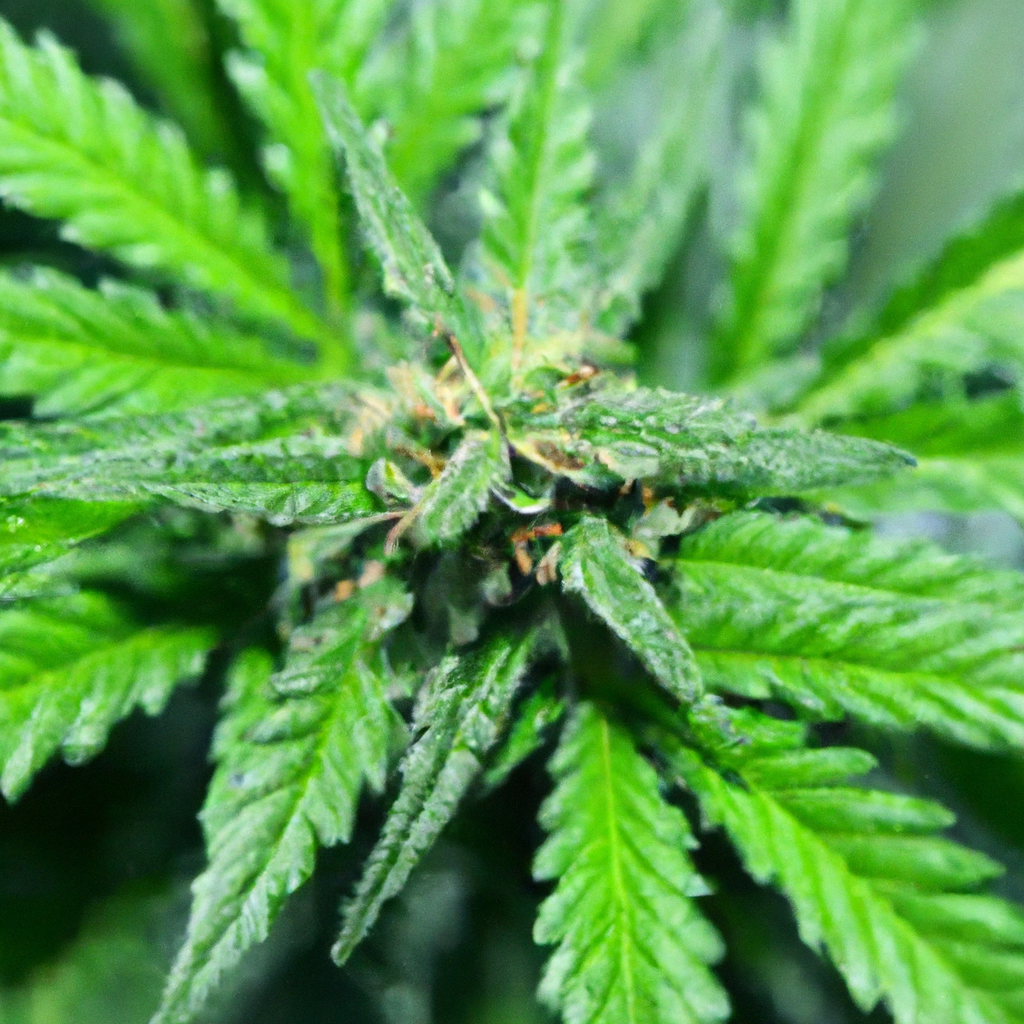As the demand for medicinal cannabis continues to grow, so does the need for effective indoor cultivation
strategies. Harnessing the potential of medicinal cannabis requires a careful balance of science, art, and
experience, all of which culminate in indoor cultivation success. Let’s delve into advanced techniques that can
boost yields and enhance the medicinal properties of your crop.
1. The Importance of Environmental Control
While outdoor growing can yield potent results, indoor grows offer precise control over environmental factors,
which is crucial for cultivating medicinal cannabis. With years of experience in Colorado’s challenging climate,
I’ve learned that maintaining optimal temperature, humidity, and light is essential.
- Temperature: Keep your grow room between 70-80°F (21-27°C) during the day and slightly
cooler at night (65-70°F). - Humidity: Start with 55-60% RH during vegetative growth and reduce to 45-50% during
flowering to prevent mold and increase resin production. - Lighting: High-efficiency LED systems provide full spectrum light, mimicking natural
sunlight, while reducing energy consumption by 25%.
2. Water Efficiency: The Path to Sustainable Cannabis
Cannabis is as much about conservation as it is about cultivation. By adopting water-efficient practices, we not
only support the environment but also enhance plant health.
In my journey, employing drip irrigation systems has reduced water waste by up to 40%, creating a more
sustainable growing environment. Additionally, using organic soil improves moisture retention, saving over 10,000
gallons of water annually.
- Tip: Regularly check your soil’s moisture level to avoid overwatering, which can harm roots
and jeopardize plant health.
3. Dialing in High-Yield Optimization
A successful indoor cultivation is about maximizing productivity without compromising quality. High-yield
optimization requires careful planning and fine-tuning of inputs.
- Light Intensity: Aim for 1.5-2 grams per watt of light indoors. Adjust light placement and
intensity based on plant growth stages to optimize yields. - Genetics: Select strains with proven high-yield and medicinal qualities. My strain
“Magic Kush” is an example of a purposeful selection for its pain relief properties.
Case Study: Magic Kush Success Story
“Magic Kush,” an indica strain bred specifically for medicinal use, has been a cornerstone of my cultivation
repertoire. By implementing a tailored environment, focusing on water efficiency, and fine-tuning cultivation
techniques, “Magic Kush” has consistently produced high-resin buds perfect for pain relief and sleep.
This success exemplifies the potential of indoor cultivation strategies in yielding superior medicinal cannabis.
Conclusion
Indoor cultivation of medicinal cannabis, when executed with precision and care, offers opportunities for growers
to maximize the medicinal benefits of their crops. By controlling environmental factors, optimizing water
usage, and focusing on high-yield strategies, cultivators can ensure a sustainable and successful harvest.
Remember, “Healthy roots, healthy buds, happy harvests” is the mantra for achieving greatness in the cannabis
industry.
For more tips and insights into medicinal cannabis cultivation, visit MagicGreenGrow.com.
Tags: Medicinal Benefits, Indoor Micro-Growing, Environmental Control, High-Yield Optimization,
Sustainability


Leave a Reply